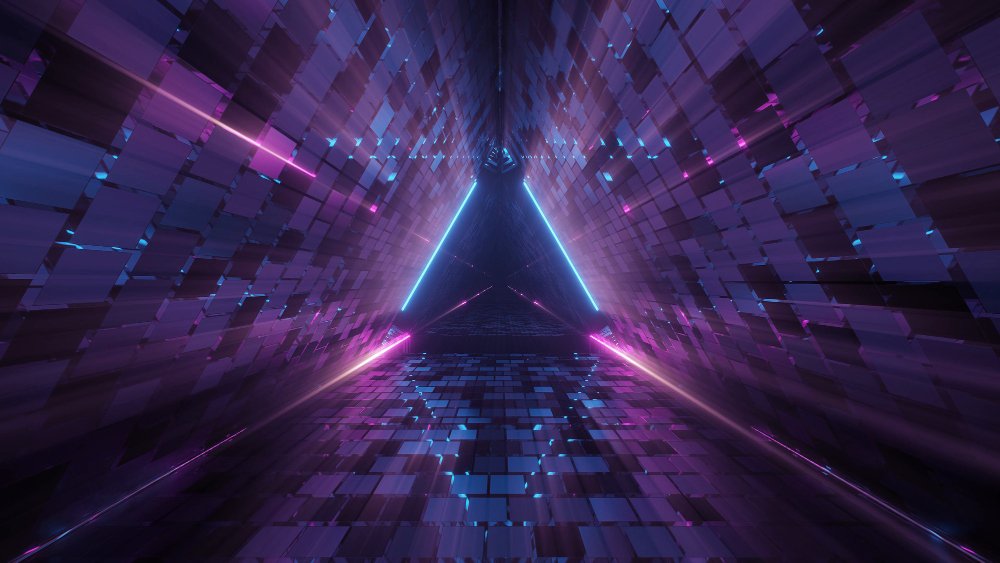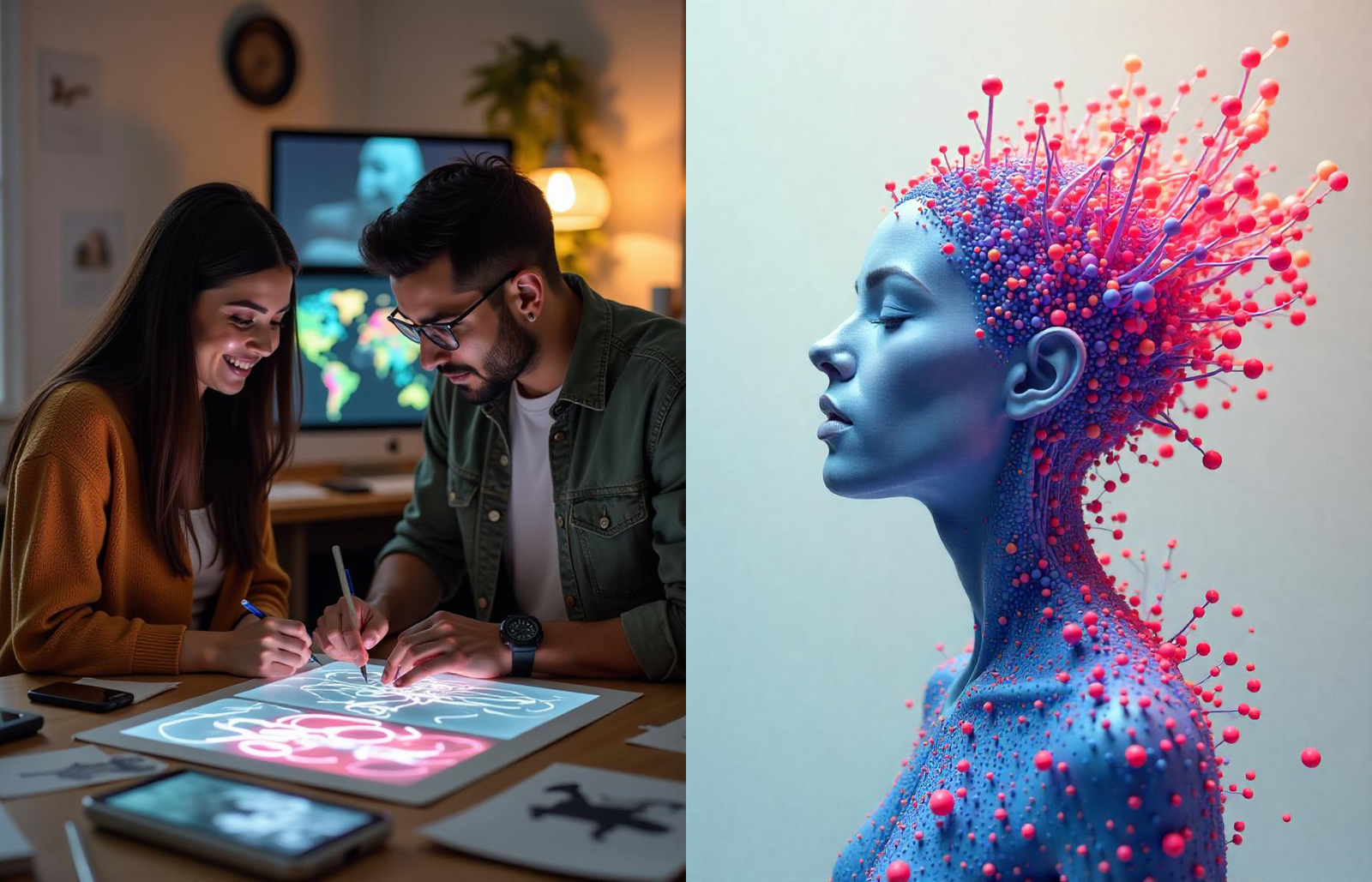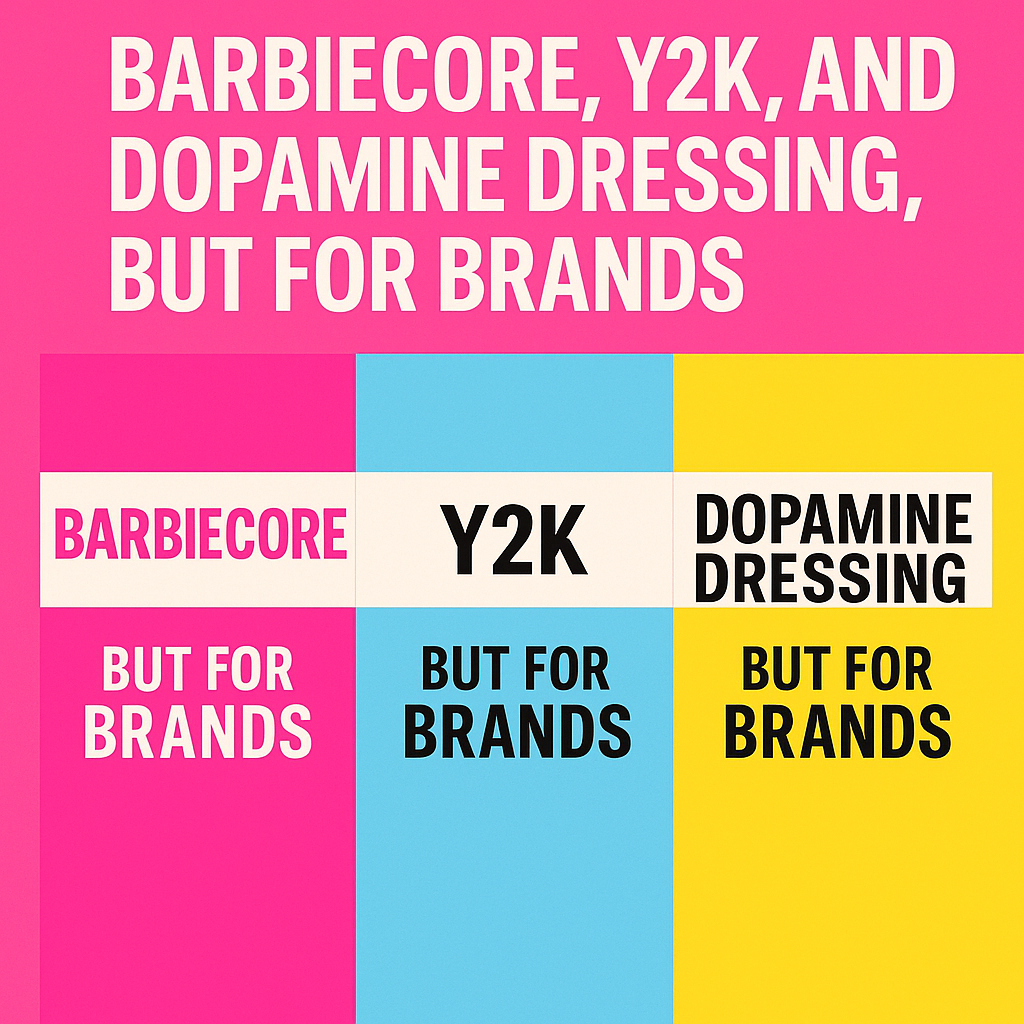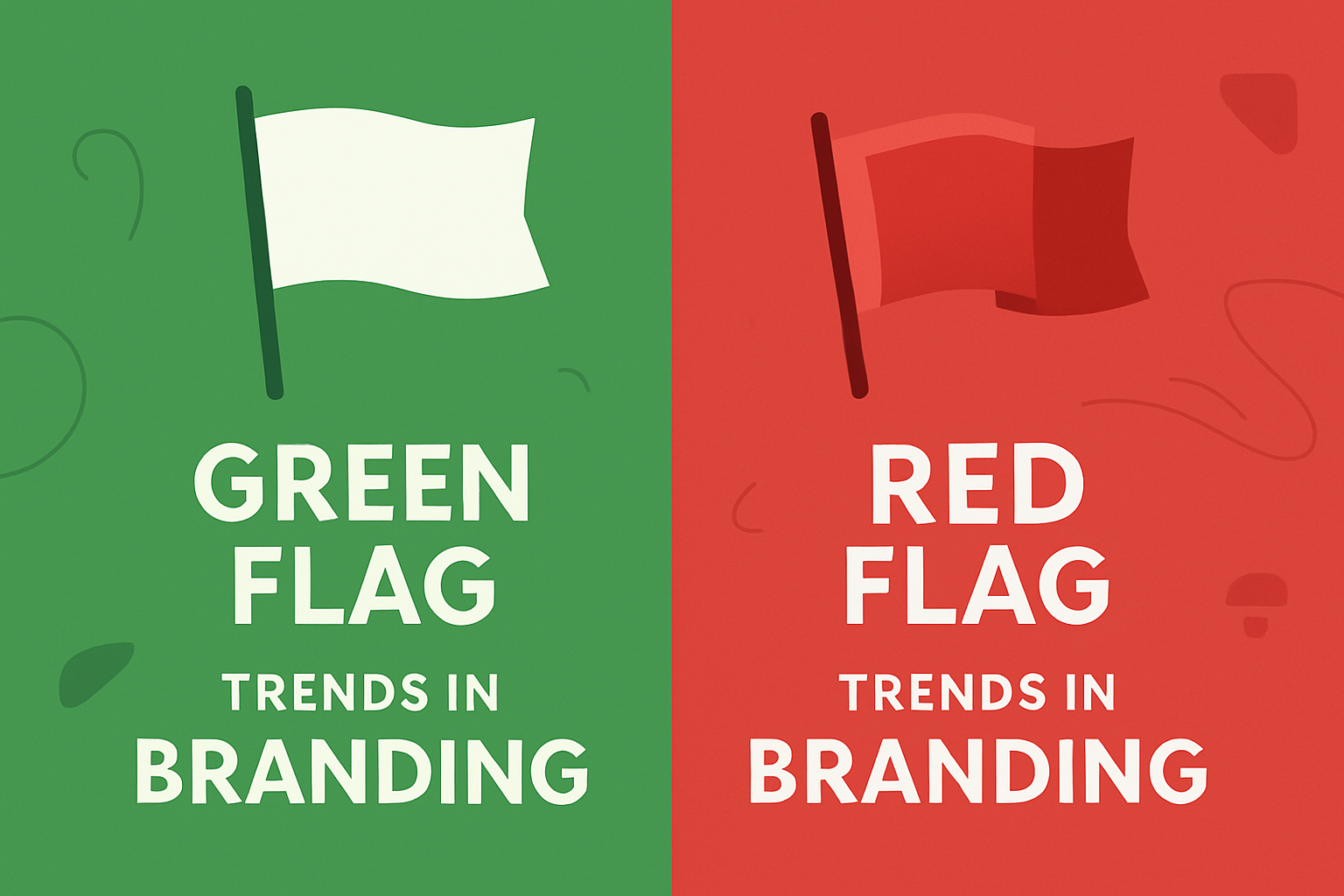The motion graphics industry is undergoing a significant transformation, with generative AI emerging as a key disruptor. By 2030, this technology is set to revolutionize how creatives and businesses alike approach motion design, offering enhanced efficiency, innovation, and creative possibilities. The industry impact of generative AI is profound, as it redefines the production process, from automating tedious tasks to creating entirely new forms of visual expression.
Table of Contents
Industry Impact of Generative AI in Motion Graphics
The benefits of generative AI in the motion graphics industry are vast, providing new opportunities for innovation while driving down costs and reducing project timelines. The following are several key ways in which generative AI will reshape the industry by 2030:
- Automating Repetitive Tasks: One of the primary benefits of generative AI is its ability to handle mundane tasks like keyframe animation, asset creation, and rendering. This allows designers to focus more on the creative and conceptual aspects of projects, leaving the technical execution to AI systems. The use of AI-powered software can cut down production times by automating processes like frame interpolation and scene adjustments, making the creation process faster and more efficient.
- Personalization at Scale: Generative AI enables the creation of highly personalized content. For example, AI can analyze user data to generate motion graphics tailored to individual preferences, making it a powerful tool for digital marketing and personalized ad campaigns. Brands can now reach their target audience with more relevant and impactful content, leading to better engagement rates and improved ROI.
- Real-Time Rendering and Adaptation: As AI systems continue to advance, real-time rendering has become a reality, significantly improving the workflow for motion designers. AI algorithms can adjust lighting, textures, and dynamics instantly, allowing creatives to see the results of their work immediately. This real-time adaptation not only speeds up the production process but also opens new doors for interactive motion graphics, where elements can change in response to user interactions, creating immersive and responsive content.

Benefits of Generative AI in Motion Graphics
The application of generative AI in motion graphics extends beyond just efficiency—it’s a creative enabler. By automating technical tasks and enhancing real-time capabilities, it empowers artists to push the boundaries of visual storytelling. The benefits include:
- Increased Efficiency: AI tools automate tasks like asset generation, scene composition, and even the creation of entire animations. This results in faster production cycles, allowing studios to deliver high-quality content on tight deadlines.
- Cost Reduction: By automating parts of the workflow that previously required human input, AI reduces the need for extensive manpower. Studios can allocate resources more efficiently, minimizing costs without sacrificing quality.
- Creative Exploration: AI-powered systems can experiment with visual styles and motion patterns that would take human designers far longer to conceptualize. These algorithms explore creative possibilities through generative design, opening new doors for artistic expression.

Innovative Use of Generative AI: Success Stories
To truly understand the transformative potential of generative AI in motion graphics, let’s explore three real-world success stories that demonstrate how this technology has redefined the industry.
1. Weta Digital’s Use of AI in Animation
Weta Digital, the studio behind some of the most groundbreaking visual effects in films like Avatar and The Lord of the Rings, has been an early adopter of generative AI. By 2030, Weta’s use of AI has completely transformed its workflow, particularly in the area of crowd simulation and facial animation. Through generative AI, Weta created hyper-realistic crowd sequences with minimal human intervention, allowing for more dynamic and complex scenes at a fraction of the traditional cost. AI also enabled the studio to map human expressions in real-time, enhancing the emotional depth of characters without requiring manual keyframing.
This success story showcases the industry impact of generative AI, as it not only improved efficiency but also pushed the boundaries of visual storytelling by enabling more expressive and lifelike animations.
2. Nike’s AI-Generated Marketing Campaigns
In the realm of advertising, Nike has pioneered the use of generative AI in motion graphics to create highly personalized marketing campaigns. By leveraging AI systems capable of analyzing customer data in real time, Nike produced dynamic ads that adapted to the preferences of individual users. The motion graphics, including animated product visuals and branded content, changed based on location, purchasing behavior, and user interaction, making each ad uniquely tailored.
This innovative use of AI allowed Nike to engage with its audience on a much deeper level, achieving higher conversion rates and a significant boost in brand loyalty. The success story illustrates the benefits of AI in industry, where personalization at scale becomes feasible, driving tangible business transformation.
3. BBC’s Interactive Storytelling with Generative AI
The BBC has embraced generative AI for interactive storytelling in their documentaries and educational content. Using AI-powered motion graphics, the BBC created dynamic visual stories that respond to audience input in real time. In one groundbreaking project, the AI-generated motion graphics adapted based on viewer preferences, delivering a unique viewing experience for each user. This interactive approach, made possible by generative AI, kept audiences more engaged and allowed the BBC to collect valuable data on viewer preferences and behaviors.
The BBC’s success with AI-enhanced motion graphics is an example of how this technology can be applied in real-world scenarios to create personalized, interactive experiences that elevate audience engagement. It demonstrates how the benefits of AI stretch beyond just cost savings, also encompassing innovation in how content is delivered and experienced.

Overall
By 2030, generative AI will have fully integrated into the motion graphics industry, driving profound changes in how content is created, personalized, and delivered. From automating tedious tasks to enabling real-time rendering and creating personalized experiences at scale, AI is reshaping the industry and pushing the boundaries of what’s possible in visual storytelling. Companies like Weta Digital, Nike, and the BBC have already demonstrated the vast potential of AI, highlighting its transformative power across different sectors.
With years of expertise in this technology, we are here to support your needs. If you’re interested in learning more about similar technologies and how they can be applied, feel free to reach out to our team. You can also connect with us via LinkedIn or reach our support team on WhatsApp.
4o






